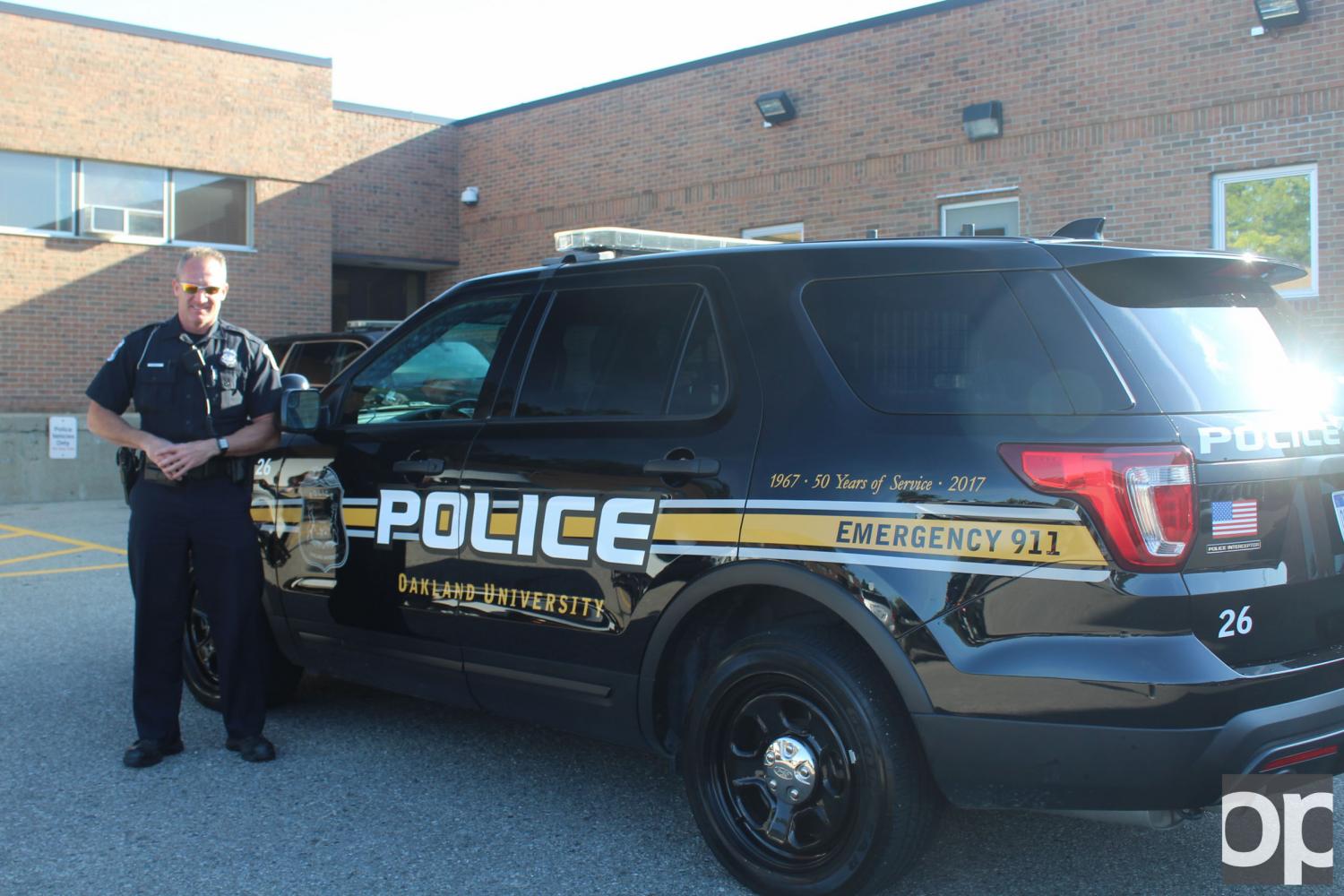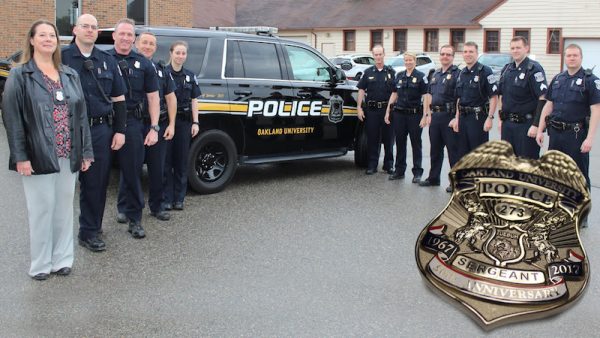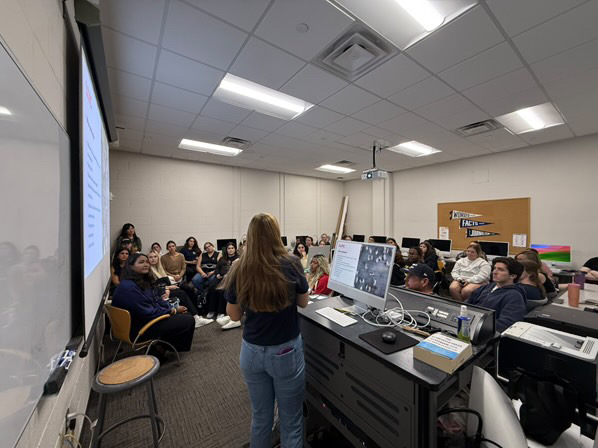Keeping the streets SAFE
Back in 2005, the Auburn Hills Police Department launched a Stop Accidents From Escalating (SAFE) program. As Oakland University is partially in Auburn Hills, the Oakland University Police Department joined the program in 2008.
The program uses determined dates in which the departments heavily patrol areas in and around campus where many accidents or traffic violations occur. Officers then educate anyone who is pulled over on safe driving practices. OUPD will have one officer and AHPD will have two officers on the job on Oct. 12 that will watch traffic all day and not be called away unless there is a serious emergency.
These officers will patrol pre-determined areas on Oct 12. Information on the areas will be posted beforehand and signage will warn drivers that they are entering an enforcement zone.
OUPD is trying to be as transparent as possible about the process, so The Oakland Post sat down to talk with Lieutenant Terry Ross about what students, staff and faculty can expect.
What is the goal behind the SAFE Streets initiative?
“What we’re trying to do is take common accidents and common traffic offences and create a program that will enforce the law as well as educate people on those concerns. We have the partnership with AHPD so that we can work together better during emergencies. Because Oakland is half in Auburn Hills and half in Rochester, we love to work with those communities so we can function well if something serious happens.”
Is there anything new to the program this year?
“Well, looking back to 2008, I’d say that 80 to 90 percent of our heavy traffic locations and enforcement zones are the same. But, we change where we enforce based on new concerns. So, before Oct. 12 I’ll be looking at the new flow of traffic on campus. Since we did the SAFE initiative last, we’ve added new parking lots and a new traffic circle. So there are new spots to watch. For example, right now we have a new exit in the P38 lot. It’s one way, but we see people turning the wrong way out of it. So if that continues, we may do special enforcement over there.”
Do you change where you watch based on accidents?
“Absolutely. The enforcement zones are based on where accidents happen and tickets are written. It’s really a scientific process, and we’re fortunate that Auburn Hills does the work on that end in gathering data. They share it with me so I can see where the data says we should do enforcement. What is great about this system is that anybody in Auburn Hills or on Oakland’s campus will know that these areas will become enforcement zones. AHPD will have it on their social media and we share it with the campus radio, [The Post] and university Communications and Marketing so we can let people know. We’re also putting up signs. So as you drive around, a sign will tell you if you’re in an enforcement zone. So this is not a trick, we’ve designed it to educate people.”
If someone gets pulled over on this day, what can they expect?
“Well, of course, they’re probably going to get a ticket. But, besides getting the citation, they’re going to get a pamphlet with a list of things that cause common accidents. It will include things like how far behind someone you should drive and what you should or should not be doing while driving.”








